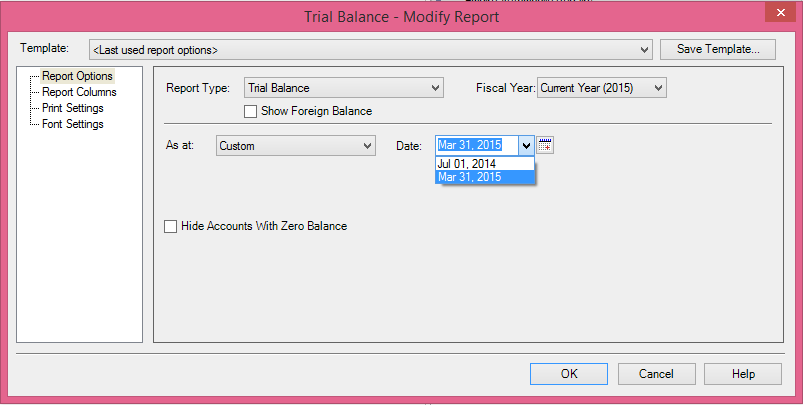
This is quite surprising, because treasuries, as a "risk-free" fixed income security, should trade at a discount to stocks, not at a premium - in order to compensate investors for taking equity/ volatility risk on their capital.Īnother argument why treasuries may currently be better than dividend stocks is anchored on price risk: Investors should consider that the price skew is strongly favorable for treasuries (the value of treasuries will appreciate if the FED cuts rates, which is becoming a likely scenario), while quite unfavorable for cyclical stocks (going into a recession, there is an argument for lower earnings and lower equity prices). For reference, the 2-year note is currently yielding ∼4.96%, and the 10-year note ∼4.95% respectively, versus a ∼3.6% income yield for SCHD. treasuries on both the short- and long-dated part of the yield curve.

However, the problem that I am having with SCHD in the current market environment is that the yield on SCHD undeperforms the yield on U.S. SCHD may be an attractive ETF for income-seeking investors.

In that context, SCHD's equity portfolio is strongly skewed towards large-cap stocks (consolidated industries) and value opportunities (statistically low accounting multiples, such as low P/E and P/B). With a focus on dividends, SCHD invests primarily in mature businesses who have limited use for growth capital, and thus, distribute the major share of their earnings to investors. Specifically, the fund tracks "as closely as possible, before fees and expenses" the performance of the Dow Jones Dividend 100 Index ( DJUSDIV) and, for the trailing twelve months, SCHD has distributed to investors ∼3.6% of NAV in form of dividends.Īccording to the fund's fact sheet, the ETF currently holds 102 securities, with a one year trailing twelve months portfolio turnover ratio of ∼31%. Dividend Equity ETF is, as the name suggests, a fund designed to give investors exposure to dividend-paying U.S. Reflecting on the current market environment, I advise to sell dividend portfolios/ ETFs (such as SCHD), and buy treasuries instead ( SCHO). However, with interest rates trending around ∼5%, it is highly doubtful that cyclical businesses - such as those at the core of SCHD's investment strategy - deserve an implied growth premium. And the reasoning is in the question: If a risk-free bond security is yielding a higher income than an income-focused equity portfolio (higher yield and lower risk), than arguably only fools would not rotate their asset allocation.Īdmittedly, stocks could in theory deserve a growth premium over treasuries, even dividend stocks. government is offering a higher-yielding, "risk-free" alternative? O r formulated differently, should investors dump dividend stocks and pile into treasuries instead? The key question now is: Why should investors take the equity/ volatility risk on stocks when the U.S.

The 10-year treasury yield is now trading above 4%, and has thus topped the ∼3.6% dividend benchmark that investors expect from investing in Schwab U.S.


 0 kommentar(er)
0 kommentar(er)
